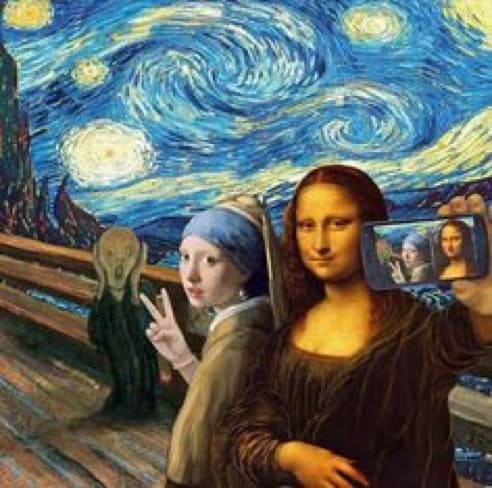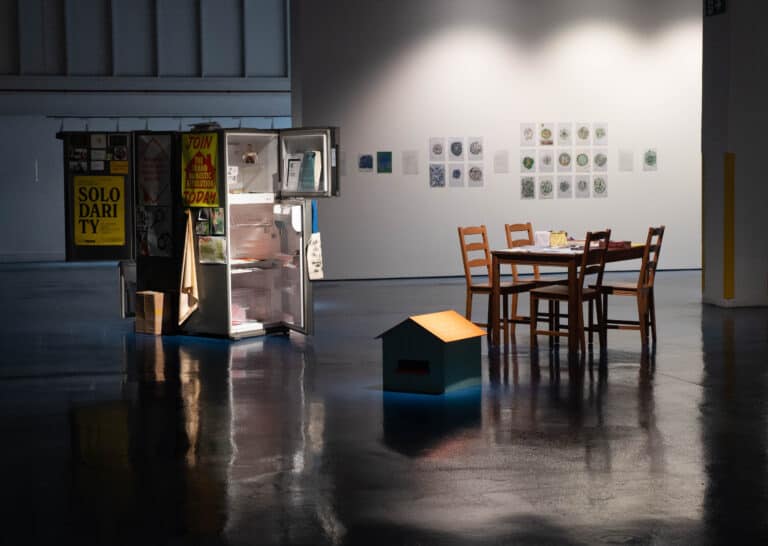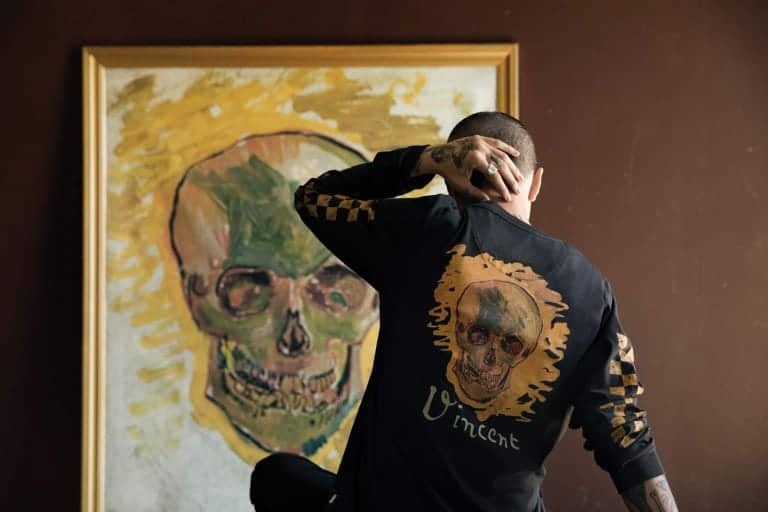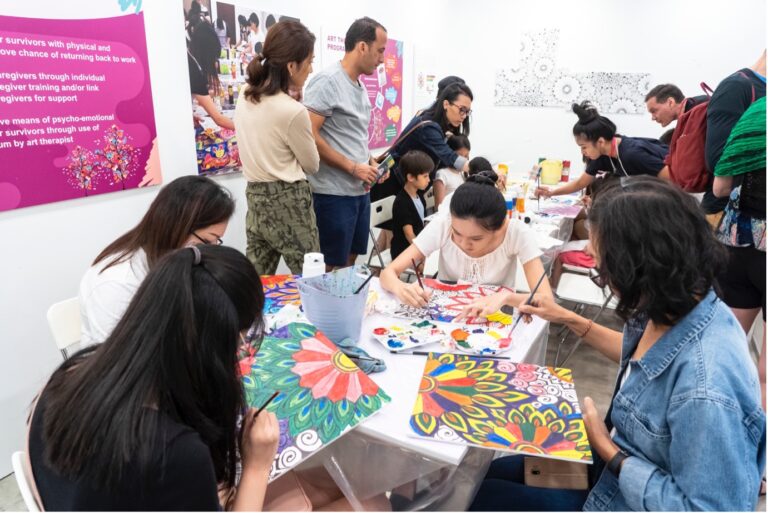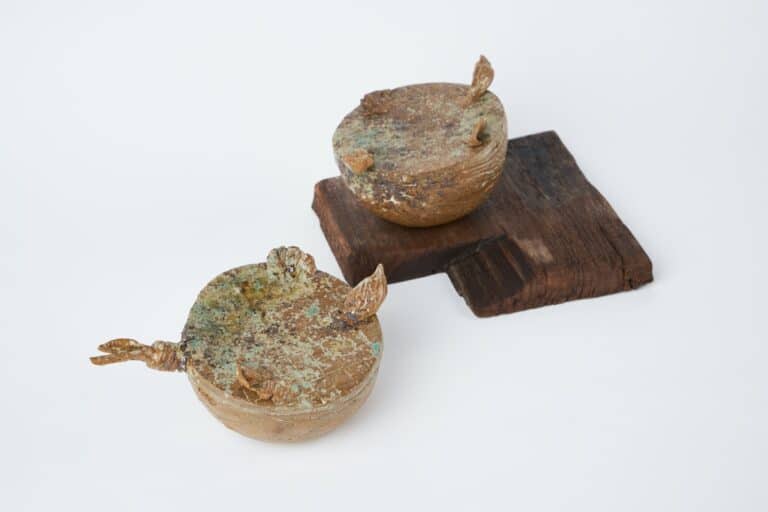Photography is an odd thing if you think about it. Is it an art, or a science? Is it an invention, or just the harnessing of an existing natural phenomenon – that of the pinhole camera or camera obscura ?
Given its usage for the documentation of scientific and historical facts, does the act of photographing an object, give that very object some kind of factual credence?
The advent of photography in the 1800s has been identified as a – to use a sexy modern phrase- disruption – to traditional artistic practices. After all, why would a painter care about painting a realistic version of a tree, when a photograph could capture that same tree with far greater technical accuracy? Instead, why not paint the feeling that the tree gives you when you look at it? Might that not be a better way of utilizing the ‘human’ element in the artist, which a mechanical camera couldn’t possibly replicate?
Indeed, the invention of photography saw a shift away from representative art in the Western world, with artists beginning to experiment more and more with unusual techniques. (A good summary on the relationship between photography and painting can be found here).
To add another dimension of complication, photography is itself now considered as a kind of art form, with artistic expression communicated in the way that images are composed and shot. Moving forward in time, with the Coming of the Smart Phone, and the Rise of the Selfie, pretty much anyone can be a photographer.
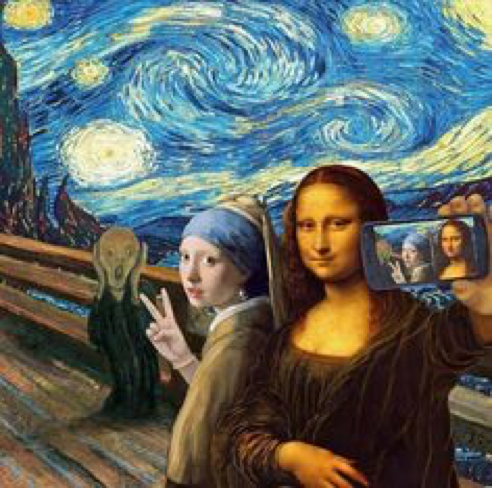
Mizuma Gallery’s show Why Are We Doing What We Are Doing questions the very essence of photography across a few broad themes. It’s a small exhibition, but I do think it’s perfectly-formed with lots of food for thought. My favourite bits of the show can be summarised in the 3 following questions:
Question #1: If you see something, and it’s been “photographed” and documented does that make it real?
That’s exactly what Robert Zhao Renhui chooses to question with his work “A Guide to the Flora and Fauna of the World”. Previously presented at the Singapore Biennale 2013, Zhao has put together a compendium of objects and creatures that at first glance, appear natural, but are in fact entirely man- made (for example, decorative aquarium fish, or square apples).
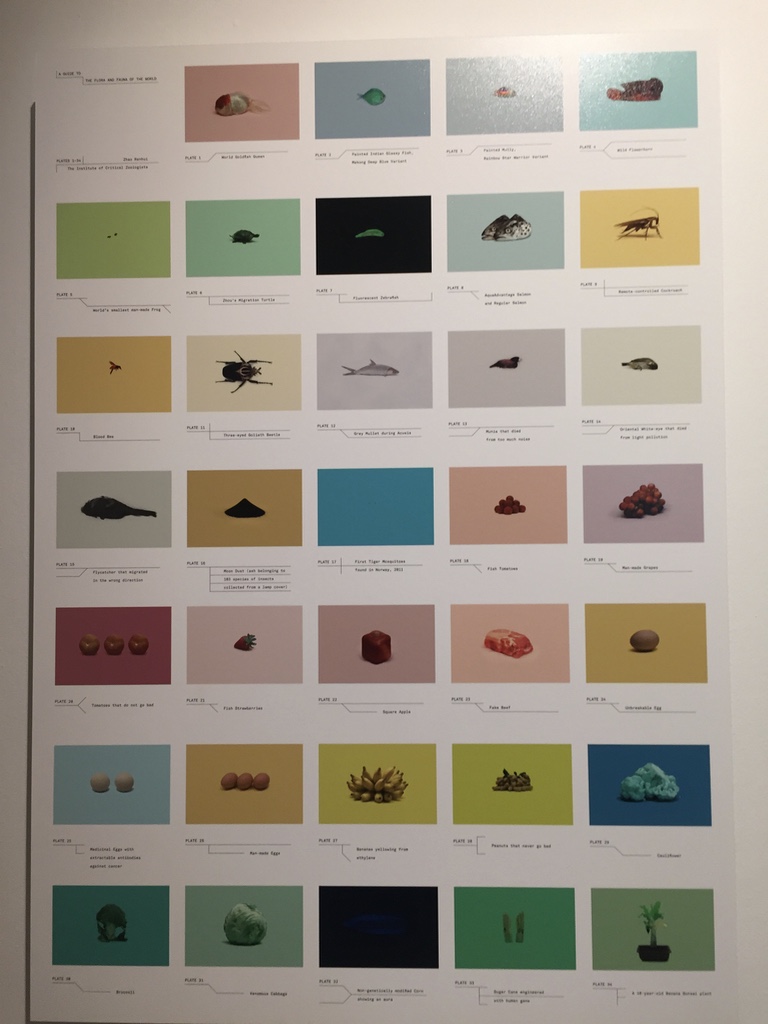
My personal favourite?
The remote-controlled cockroach.
This critter has electrodes fitted into it so that its movements can be controlled by humans, who send electrical pulses to its brain. It’s apparently broken some exciting new ground in surveillance, and can be used to detect signs of life in earthquake rubble. Creepy stuff, but absolutely fascinating.

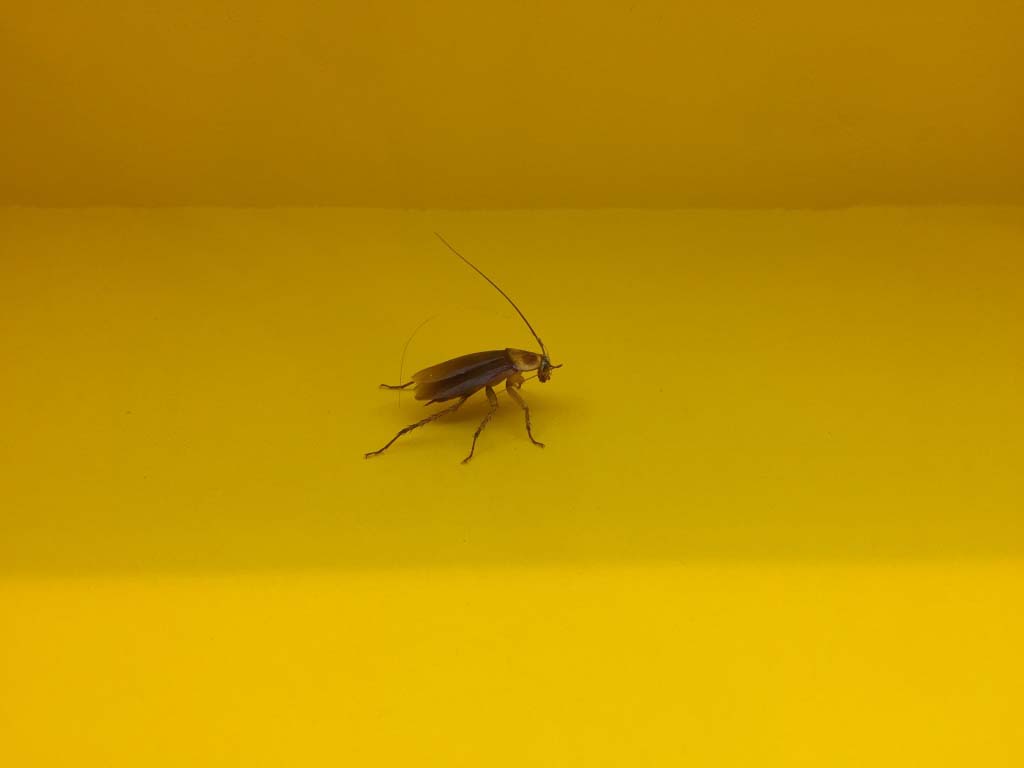
Question #2: In the age of digital manipulation, what do you make of a picture that’s been staged so elaborately that it looks as though it’s been photoshopped?
In Usami Masahiro’s “Manda-la” series, the viewer’s eye is drawn to the central figure in each of his photographs. Surrounding this figure are concentric circles representing his life and his wider sphere of influence, starting with the people closest to him. This imagery mirrors the philosophies of the Buddhist “mandala” (which comes from a Sanskrit word that means “circle”). The mandala is a representation of the universe, with the centre being the “essence of reality”. Similarly, in “Manda-la”, Masahiro positions the key figure in the photographs in the middle of each piece, with his or her wider “universe” fanning out around the centre.
In this work, “Otsuka Ken, Akihabara Tokyo”, the central figure is manga artist Otsuka Ken, who is bedridden from illness and so is shown lying on his hospital bed. Next to him is his wife, the closest person to him, and as the circles move outwards, we see his wider influence on the otaku district of Akihabara, in the form of cosplayers, electronics geeks, and the like.

While this picture looks like it has been digitally manipulated, it was in fact elaborately staged by the artist. While the shoot itself took place fairly quickly, we were told that the planning for it took years to complete, what with all the necessary permits and logistical arrangements to be taken care of. The level of detail in the work is truly mind-boggling, as the work totally upends the idea that modern photography is all about “pointing and shooting”.
Question #3: In this age of social media, image manipulation, and the pervasiveness of American pop culture why can’t Kanye West be re-contextualised as an Asian teenager?
In Agan Harahap’s “Album Kenangan” or “Album of Memories”, the artist has done just that. His doctored photographs show famous American celebrities as Indonesian youth, with the shots hanging in tacky gilded photo frames, to mimic how regular Indonesian folk would display their family photos.
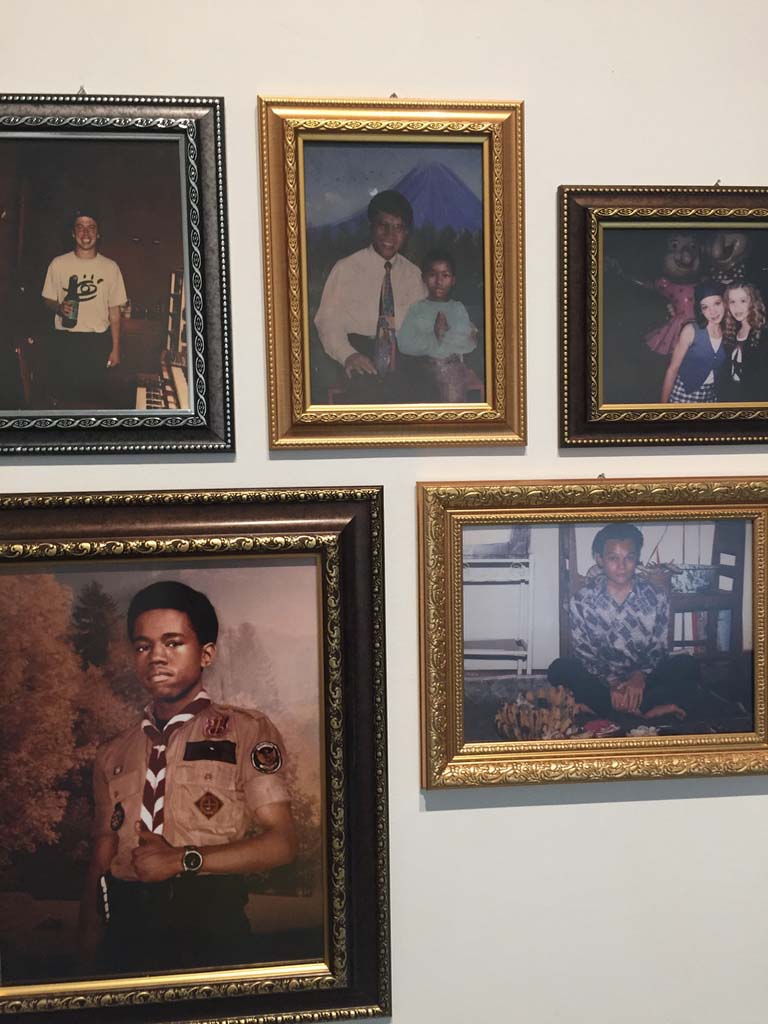
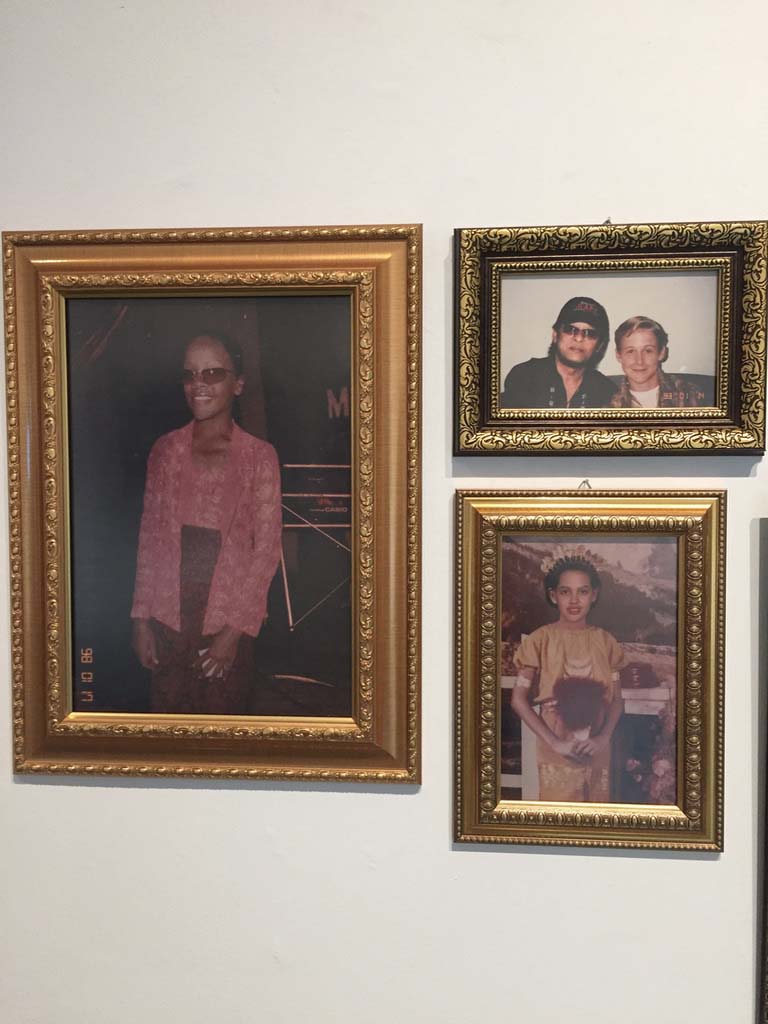
Aside from being deeply funny, the work prompts thought on bigger issues, such as neo-colonialism through Western popular culture. From a more critical perspective, the pervasiveness of these images and personalities may well be viewed negatively, as things which erode traditional Asian values and impose a foreign concept of life and being, through the guise of entertainment.
Harahap turns all this on its head by re-claiming the narrative for Asia, imbuing these Western images with a uniquely Indonesian flavour. The element of cultural imperialism is diluted somewhat, as he underscores the point that ubiquity cuts both ways – in other words, if Western pop culture is everywhere, why shouldn’t it then belong to us all? Why can’t we claim some of it as our own?
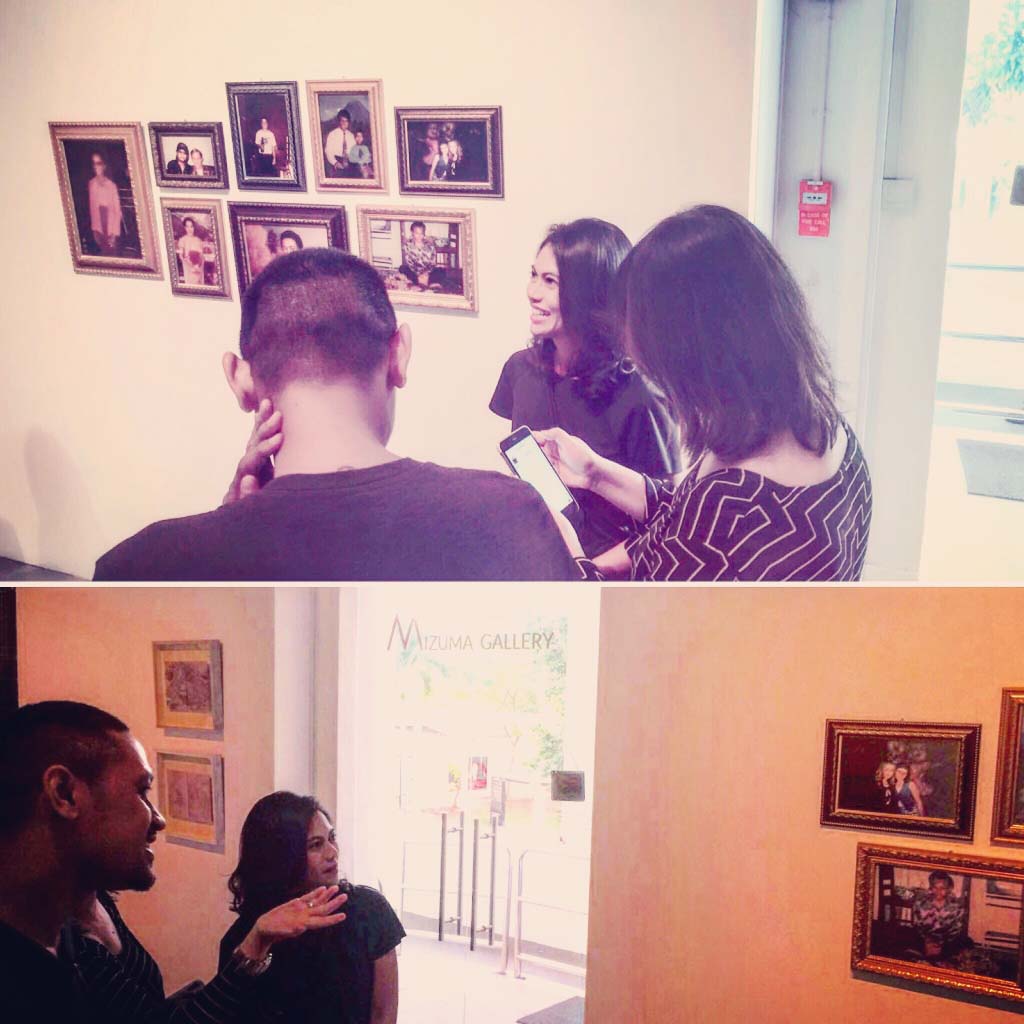
Agan Harahap is himself pretty famous for doctoring images of various celebrities (think Justin Bieber posing for a selfie with Jokowi), which have then gone viral on social media. Read more about these works here. You can also find him on Instagram as @aganharahap. Follow him, I promise you won’t regret it.

If any of this appeals, the exhibition continues on at Mizuma Gallery , Gillman Barracks, till 9 Oct.
